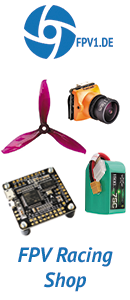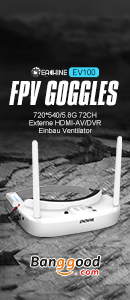Gerhard. Das Bild oben von deinem Sensor zeigt Volt und Baro?!
Also keinen ACS 712.
So, was verstehst du denn hiervon nicht?
* Current and Voltages can be measured in (1023) steps or from VCC , or from an 1.1 internal reference or from an external reference.
* If VCC is very stable, it is probably more accurate and easier to measure current and voltages based on VCC (so in 1023 steps from VCC).
* Still this requires that the voltage applied on Arduino "RAW" pin is regulated or at least always more than 5.5 volt (in order to let the Arduino board voltage regulates it at 5 volt).
* If voltage on "Raw" pin is less than 5.5 volt and changes (e.g. due to servo consumption or low battery) then current and voltage measurements will become wrong.
* If VCC can't be very stable (e.g. Arduino is powered via RX by a 4.8 NiMh) and you need only the voltages (no need for the current measurement), then it is possible to measure based on the Arduino 1.1 internal voltage reference.
cu KH
Also keinen ACS 712.
So, was verstehst du denn hiervon nicht?
* Current and Voltages can be measured in (1023) steps or from VCC , or from an 1.1 internal reference or from an external reference.
* If VCC is very stable, it is probably more accurate and easier to measure current and voltages based on VCC (so in 1023 steps from VCC).
* Still this requires that the voltage applied on Arduino "RAW" pin is regulated or at least always more than 5.5 volt (in order to let the Arduino board voltage regulates it at 5 volt).
* If voltage on "Raw" pin is less than 5.5 volt and changes (e.g. due to servo consumption or low battery) then current and voltage measurements will become wrong.
* If VCC can't be very stable (e.g. Arduino is powered via RX by a 4.8 NiMh) and you need only the voltages (no need for the current measurement), then it is possible to measure based on the Arduino 1.1 internal voltage reference.
cu KH


